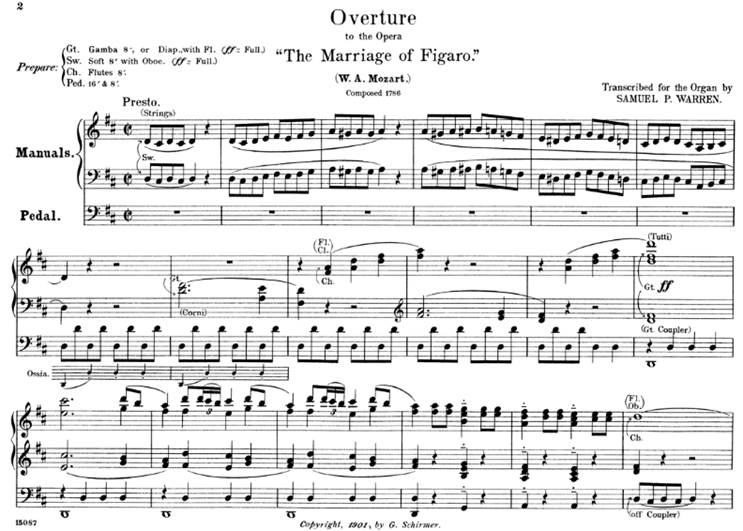I’ve been thinking about ways to bridge the communication gap between science and public policy. I recently attended the Water Pavilion in San Francisco. It was an affiliate event of the Global Climate Action Summit. We weren’t where the main action was happening so missed out on the street protests and the Harrison Ford keynote (we got Edward Norton and a quiet waterfront venue in the Exploratorium). But our focus was spot on: how can you discuss climate change without addressing the impacts it is already having on water?
Two days worth of speakers shared their experiences through facilitated panel discussions and pop-up presentations. Solutions to water-supply challenges ranged from empowering locals to design solutions for their own issues to technological and engineering fixes. But a key point that came up again and again was the need to communicate science better.
One speaker said that when he first heard the word “watershed” he visualized a little building that bottled water was stored in.
 Another speaker suggested that the data that we share in graphs and charts might be as unintelligible as putting on a concert by showing everyone a score and expecting them to be able to hear the symphony, or at least hum a little bit of it.
Another speaker suggested that the data that we share in graphs and charts might be as unintelligible as putting on a concert by showing everyone a score and expecting them to be able to hear the symphony, or at least hum a little bit of it.
So I will continue to look for better ways to give people access to the music I hear as well as the data that I use to arrive at policy solutions for water issues.
— Carrie Jennings, research and policy director